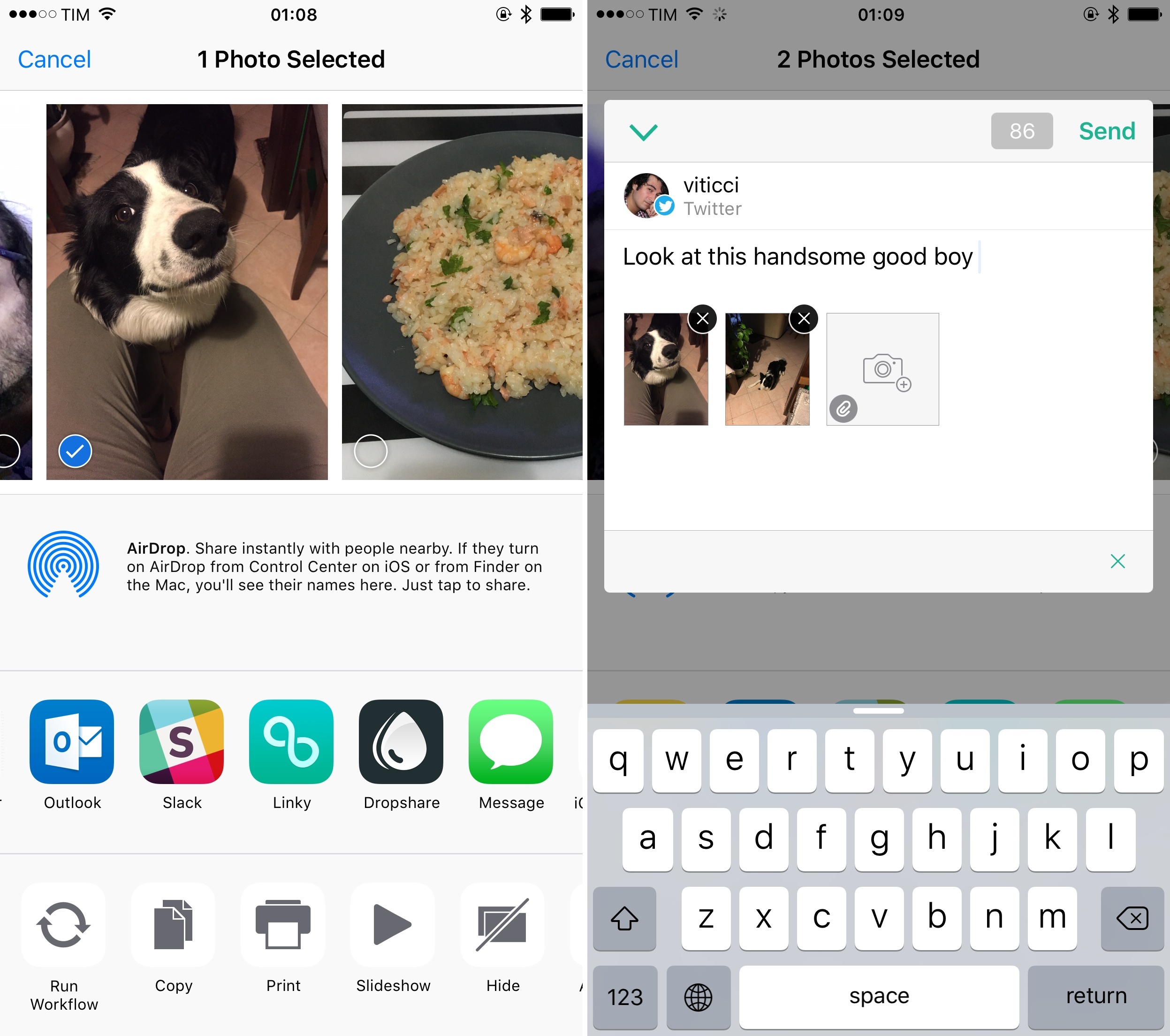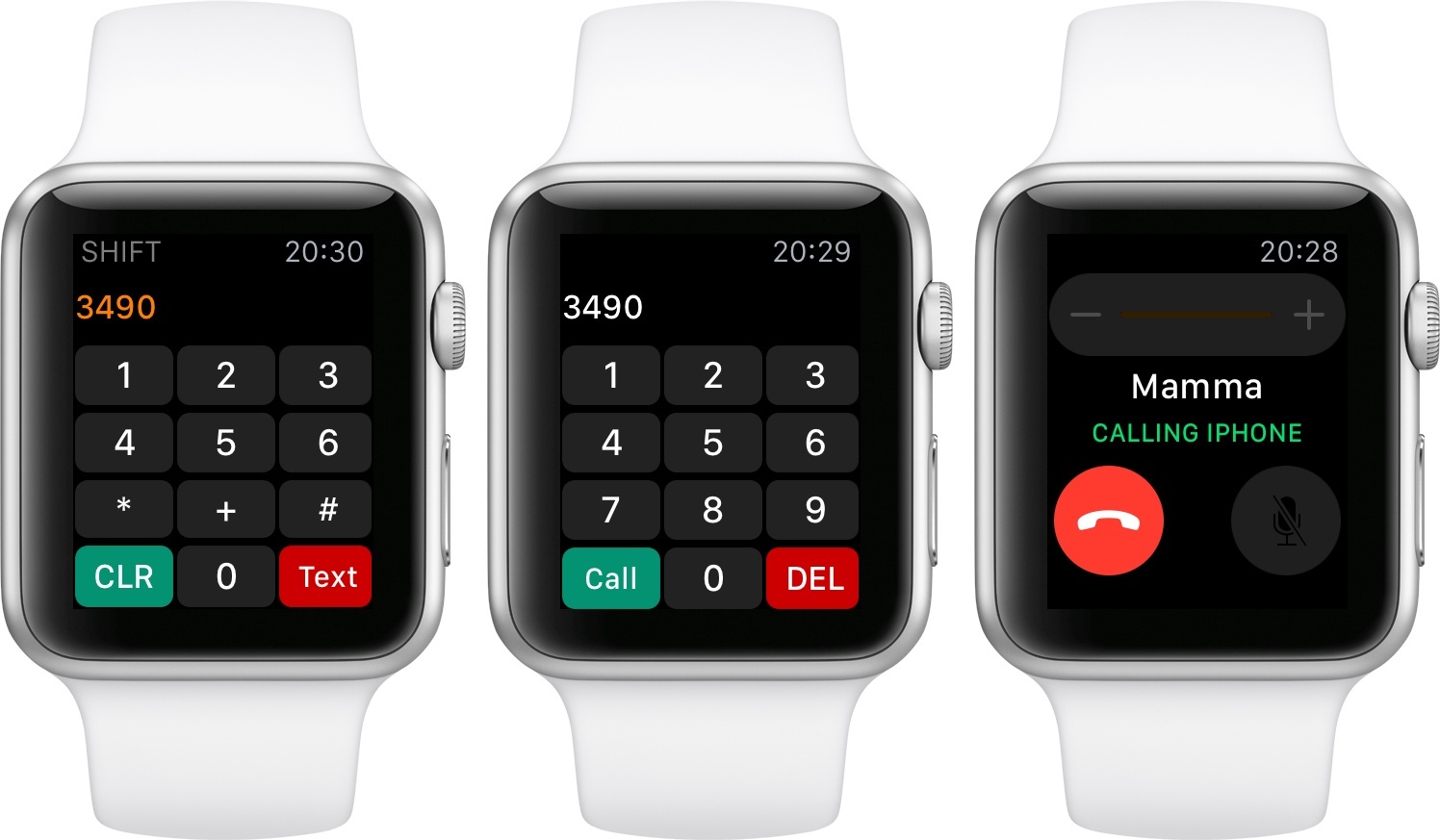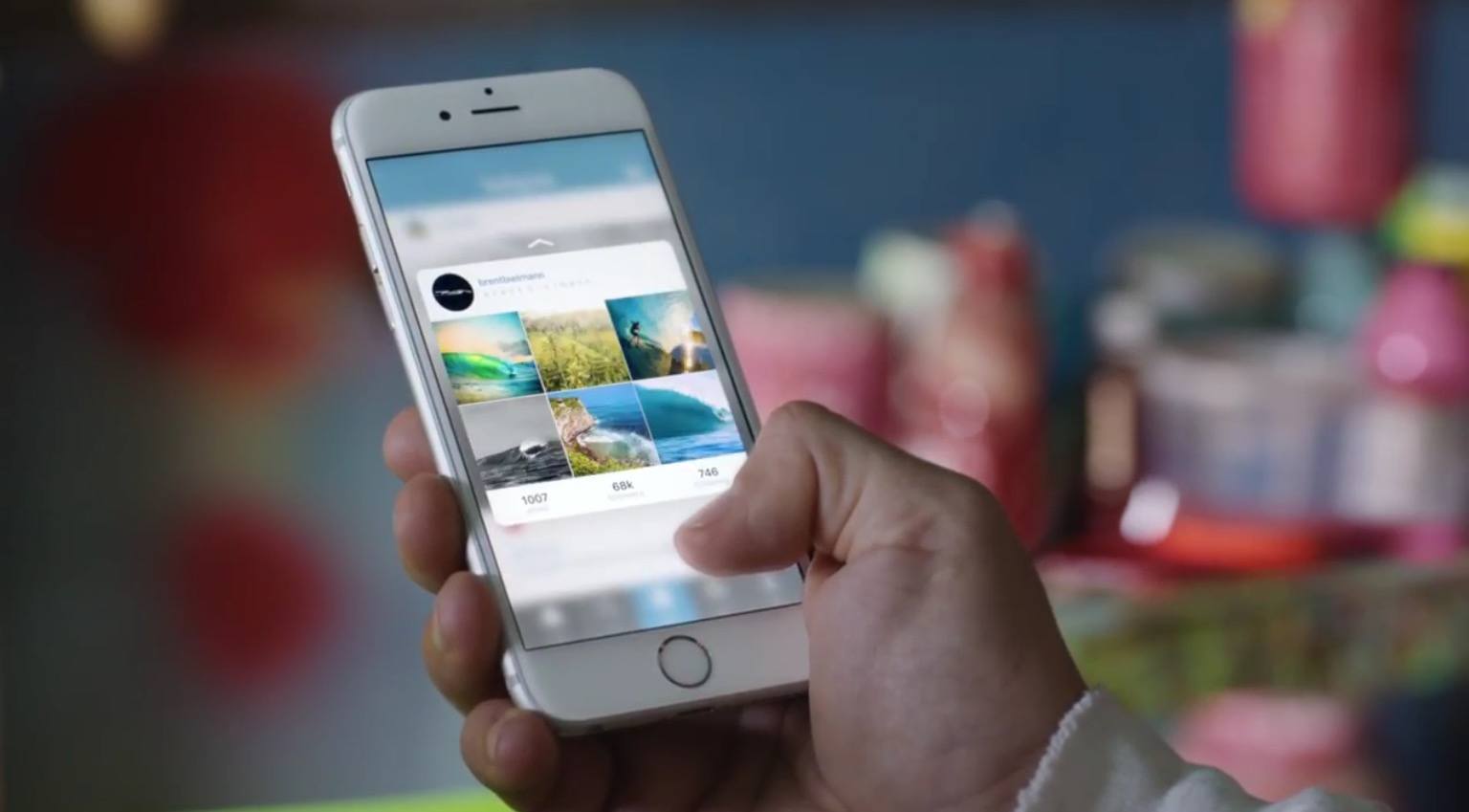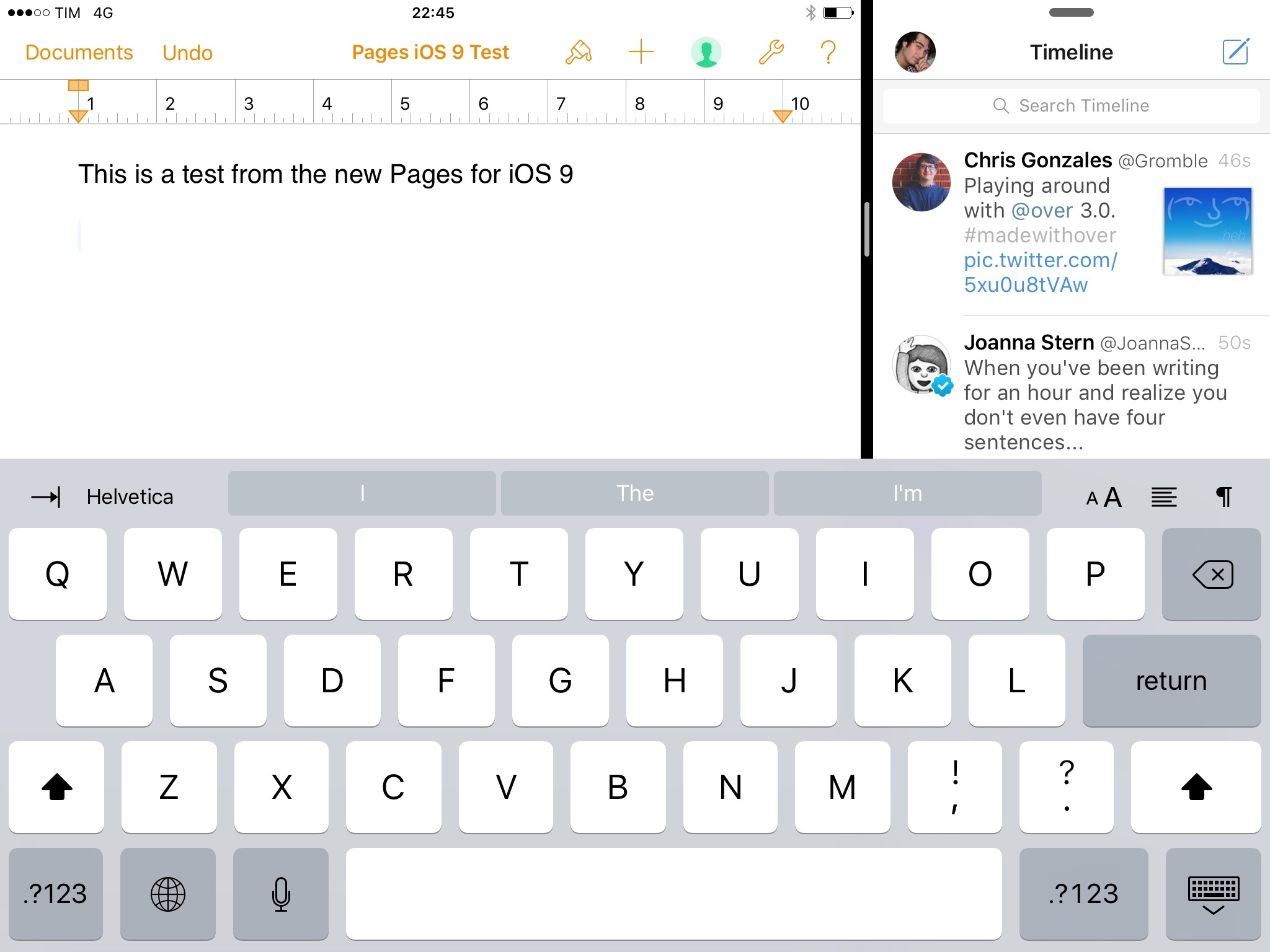Craig Grannell has written about a topic that is very dear to me – app preservation in the age of the App Store. Specifically, he wonders what happens to an app when its developer passes away:
Recently, I was asked by a games mag you’ve probably all heard of to write about Apple TV and gaming, largely from a development standpoint. As ever under such circumstances, I went through my list of email and Twitter contacts, seeing this as a good opportunity to offer some exposure to indie developers whose work I’ve enjoyed over the years. One response came back very quickly, albeit from a name I didn’t quite recognise. The message was in fact from a developer’s wife; the person I was trying to get in touch with had died the previous week.
The developer in question was Stewart Hogarth, who’d lost his battle with congenital heart disease; he was just 34. We’d only been in touch a few times, but I’d been captivated a couple of years ago by his truly excellent 8-bit tribute I Am Level for iOS and Android. This was a smart, charming, entertaining title that married eye-searing Spectrum-style graphics, old-school single-screen platforming challenges, and modern mobile tilt-based controls. It was still installed on all of my devices, and it was strange and very sad to think that the person who created it was no longer with us.
I know that this topic is uncomfortable to discuss, but it’s an important one. If we want to treat apps as cultural artifacts more than ephemeral utilities – at least some of them – we need to talk about ways to preserve them.
I genuinely believe that, years from now, apps and games will be studied as interesting data points and references for our society, behaviors, and sociological traits. Today, quite paradoxically, in many cases it’s actually easier to preserve physical media than digital app store (lowercase, as it applies to every company) content and developers’ back catalogues. Servers that eventually disappear, expired contracts, apps that are no longer supported on the latest OS – it doesn’t make much sense to me that the rules and limitations of software make it harder to preserve apps than something which physically decays.
I continue to believe that app preservation is a topic worth discussing, and Craig is touching on an important aspect of it.






